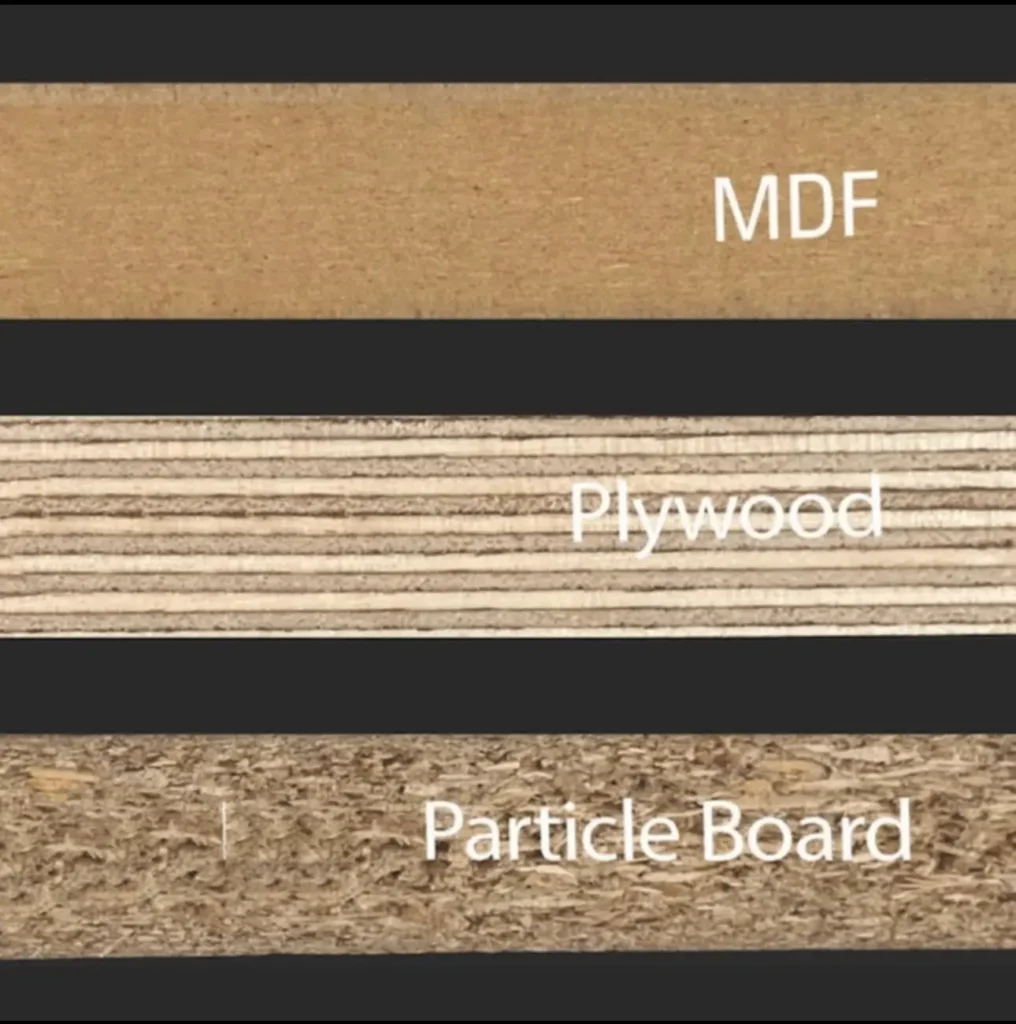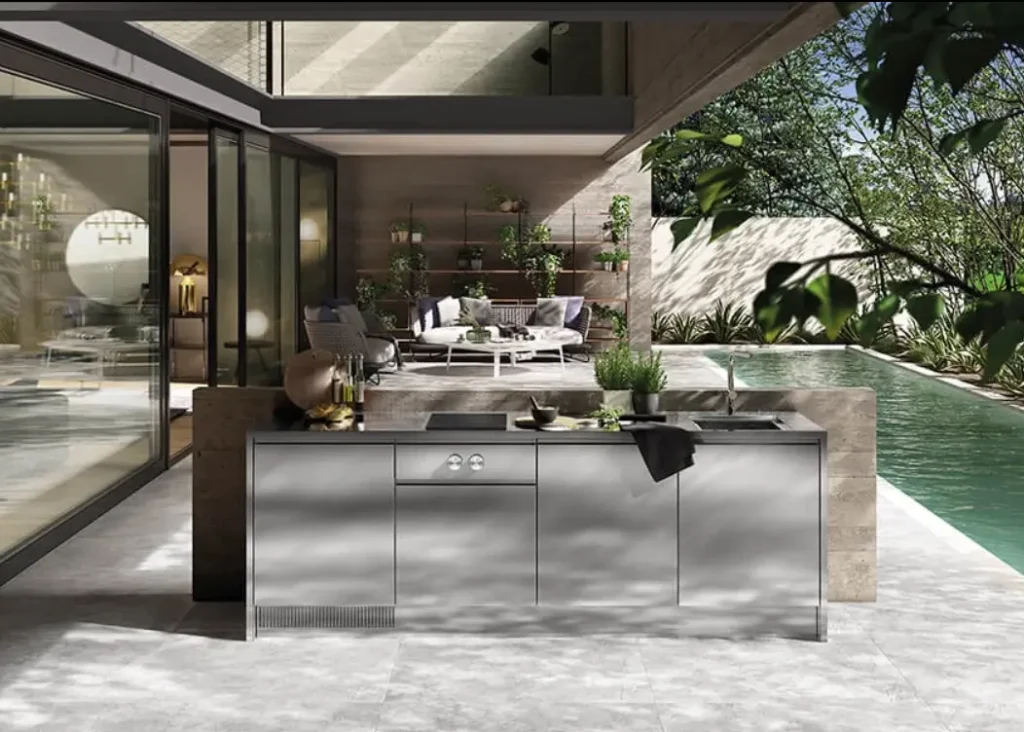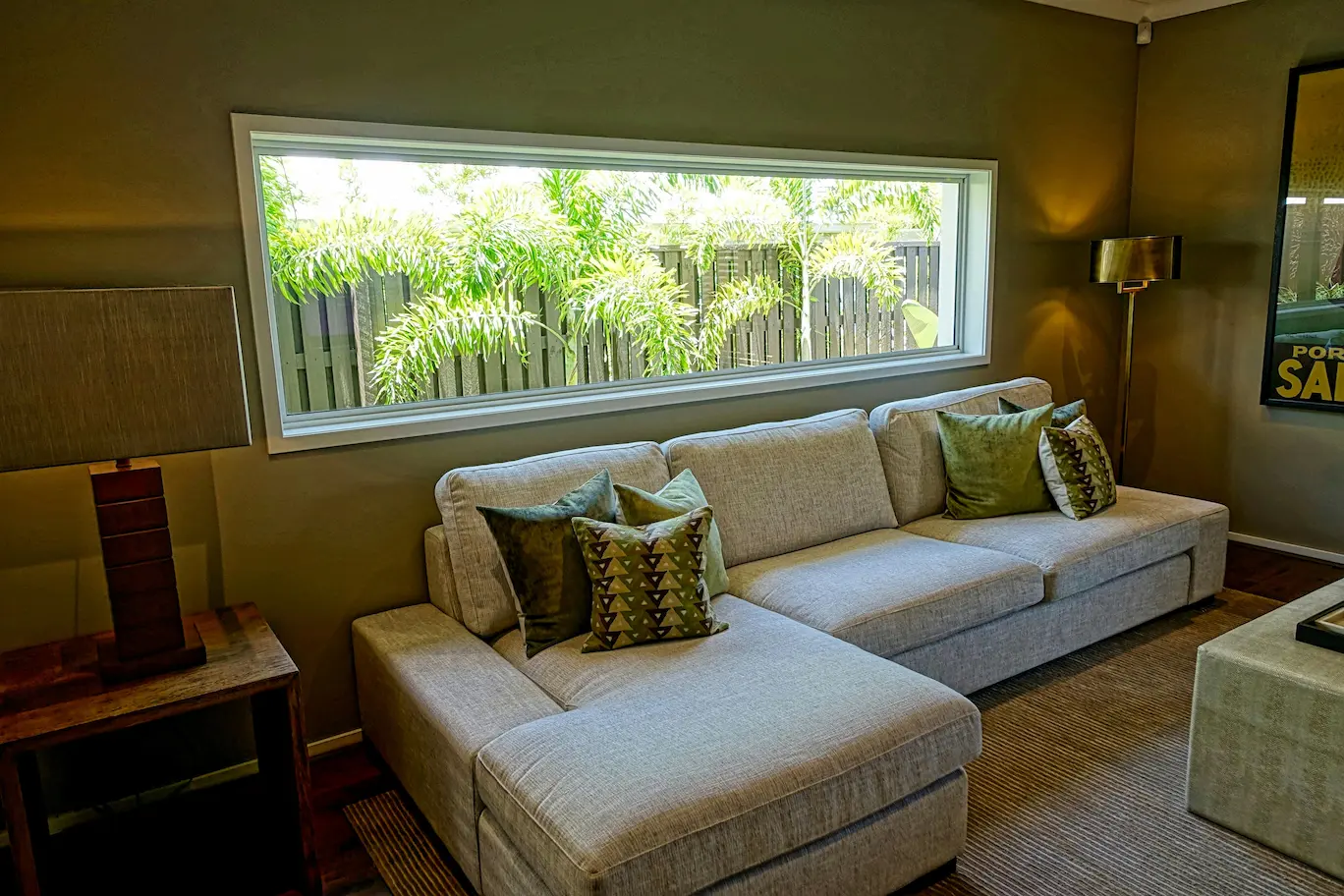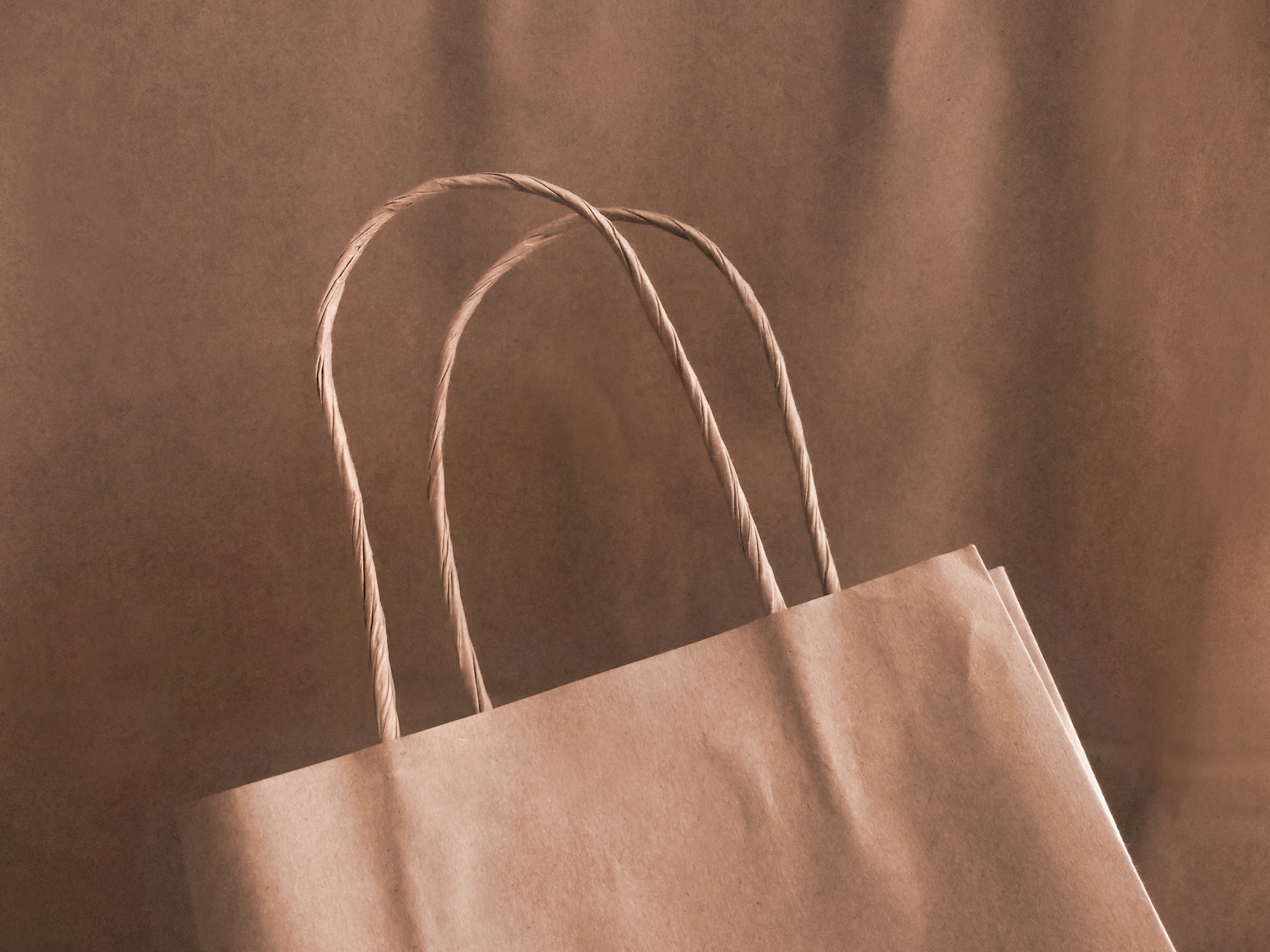Get the Best Value Without Compromising Style
Choosing cabinet materials can feel overwhelming. As Foshan’s sourcing experts for 1,000+ homes, we’ll cut through the jargon and reveal what really matters for your kitchen.
Setting aside the aesthetic qualities of the cabinet door, it also pays to give close attention to the interior construction of your cabinetry. Here’s what you need to know about each material option:
1. Medium Density Fiberboard(MDF)
MDF (Medium Density Fiberboard) is made from synthetic resin-bonded wood fibers that are pressed and heated to form a solid and very homogeneous board with a good finish and durability. Since the orientation of the fibers is random, this sheet is machine-cut in any direction to produce a smooth surface touch. The panels are not naturally resistant to water, but there are products on the market that are more moisture-resistant, and some are even fire-resistant.MDF appeals to consumers due to its resistance to cracking and flaking – meaning it’s very easy to paint. In addition, MDF is smoother than plywood and is generally used for painting.But the moisture resistance of MDF is not very good

2. Particle board
Particleboard consists of wood particles held together with an adhesive, offering easy maintenance (spills wipe clean instantly) and over 200 color options like matte sage green. However, edges are prone to chipping from impacts, and steam-prone areas (e.g., near dishwashers) require extra sealing. Pro tip: Choose textured finishes (e.g., wood grain) to conceal fingerprints.Recommended for dry kitchen and budget renovations.
3.Plywood
Plywood is made from stacked wood panels that are glued vertically and hot-pressed. Similar to CLT (Cross-Laminated Lumber), the cross-oriented fibers in plywood allow the board to withstand more pressure.Constructed from cross-laminated wood veneers, plywood offers superior load-bearing strength (withstands children climbing on drawers) and better humidity resistance than most materials – ideal for coastal kitchens. Unfinished edges require trimming, and costs run 30% higher than laminate. Pro tip: Prioritize for sink bases and islands
4. Solid Wood (Natural Oak/Maple/Cherry)
Solid wood develops unique grain patterns over time and can be sanded/restained for renewal. However, it expands in humid conditions (causing sticking doors in summer) and shows knife marks near cutting areas. Pro tip: Use for door fronts only; avoid placement near dishwashers.Perfect for American retro or European kitchens
5. Stainless Steel
Stainless steel is more commonly used in professional kitchens, but it’s hard to clean off fingerprints and scratches. Stainless steel doesn’t expand and contract like wood, making it a nice option for moisture-rich places.Whether you are planning an indoor or outdoor kitchen, stainless steel kitchens tend to stand the test of time both in quality and aesthetics. The organic natural scenery outdoor create a strong contrast with the clean, sharp lines of this minimal cabinets.But the price will be higher than MDF,particle board and plywood,color option is limited.

The kitchen isn’t just about recipes. It’s about routine. And your cabinets silently support that every day. From holding your first-ever attempt at baking to stacking up that yearly winter pickle jar collection, cabinets do a lot more than store.
So, when you plan your next kitchen interior design, think long-term. Choose the material that suits your cooking style, family size, and cleaning habits. Whether you lean toward the charm of wood kitchen cabinets, the efficiency of PVC, or the versatility of plywood, remember that every cabinet tells a story.
And if you’re wondering where to begin, Golden link sourcing will always help you and give you advice.


